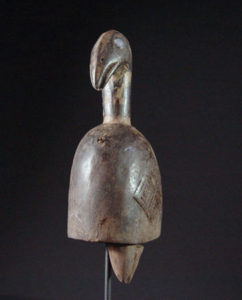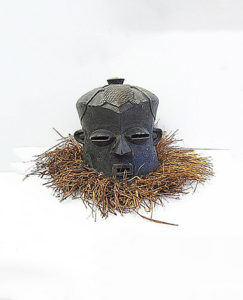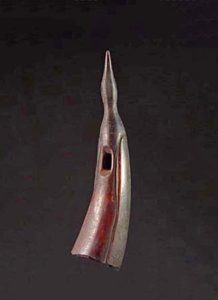Holoholo
The Holoholo people live in southeastern Democratic Republic of Congo and western Tanzania (shore of Lake Tanganyika). Holoholo economy during the height of late 19th century expansion was directly related to the eastern African slave trade. The Holoholo were employed by the Arabs to guard the lakeside ports and warehouses where gold and ivory were stored to await shipment across the lake. Today the region is primarily agricultural. Men and women work together to grow sorghum, maize, peanuts, and beans for local consumption. Net fishing is also carried out on the lake. Fish are dried and sold in local markets to generate minimal cash flow in the region.
The Holoholo never existed as a discrete ethnic group and as a result did not acknowledge allegiance to one political power. They were a small conglomeration of diverse peoples who shared a common language used primarily to expedite regional trading. Individual villages and families usually recognized a local leader, and theirs was an abbreviated feudal system. Very little political structure remains in the region today that is reflective of the Holoholo influence.
The confluence of ethnic groups that resulted in Holoholo identity is reflected in their art, which incorporates many diverse styles. Elements of Luba and Tabwa styles are both apparent. A few figures attributed to the “master of slit eyes” represent the best known Holoholo art objects in museum collections.
Source: africa.uima.uiowa.edu/peoples/show/Holoholo



